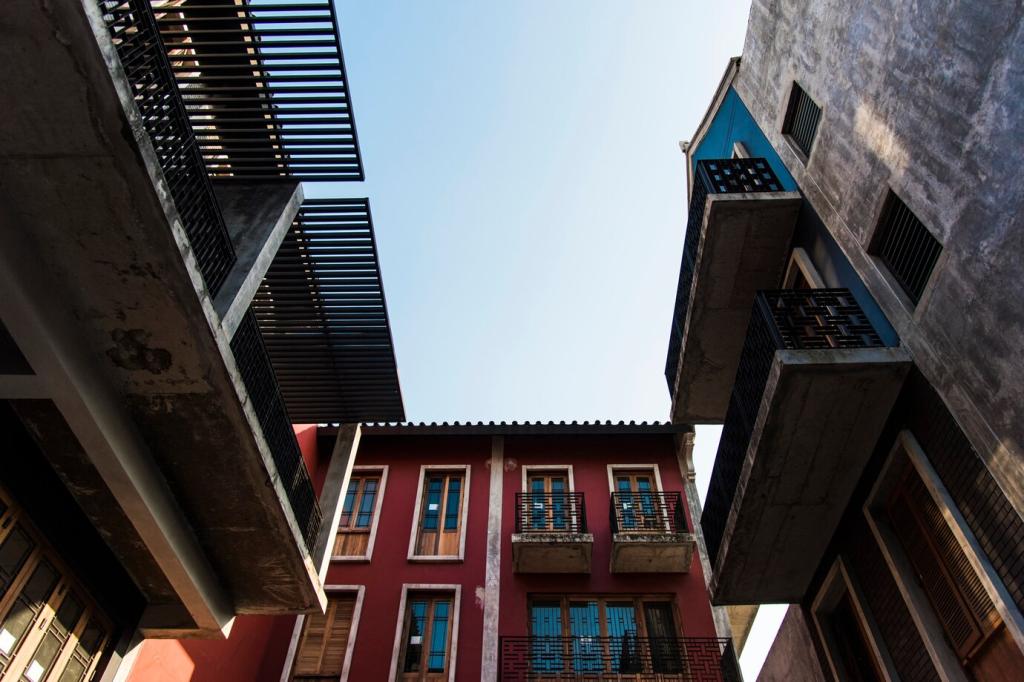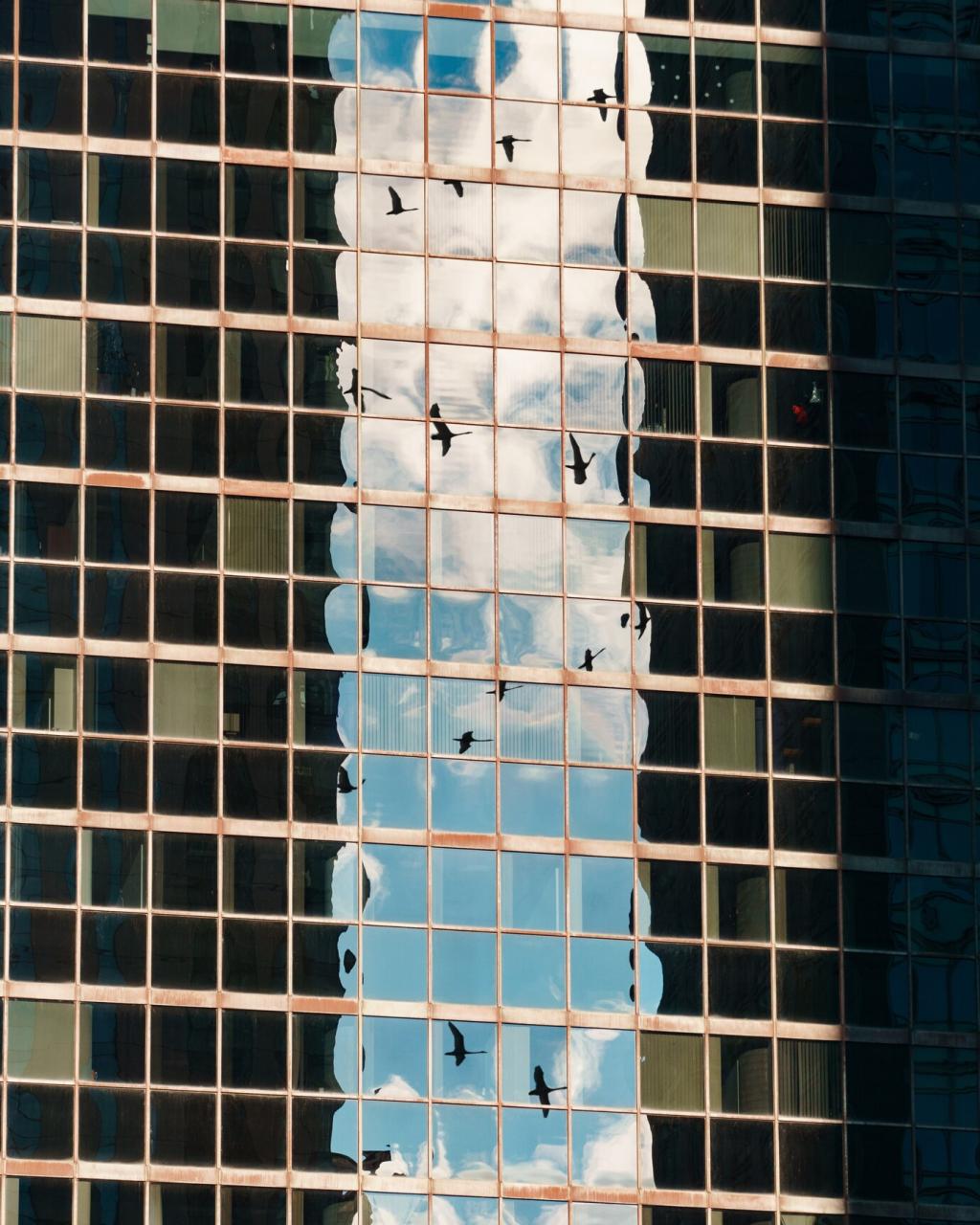Small Spaces, Big Ecologies
Deep planters, diverse blooms, and a shallow water dish can attract bees and small birds even twelve floors up. A reader’s balcony milkweed welcomed a migrating monarch. Share your tiny successes and subscribe for species lists tailored to sunlight patterns on high-rise facades.
Small Spaces, Big Ecologies
Swap a parking space for benches, native grasses, and a shade tree in a structural planter. Neighbors chat longer, small businesses flourish, and the block breathes easier. Where should your first parklet go? Nominate a spot and we’ll post a step-by-step guide you can adapt.









